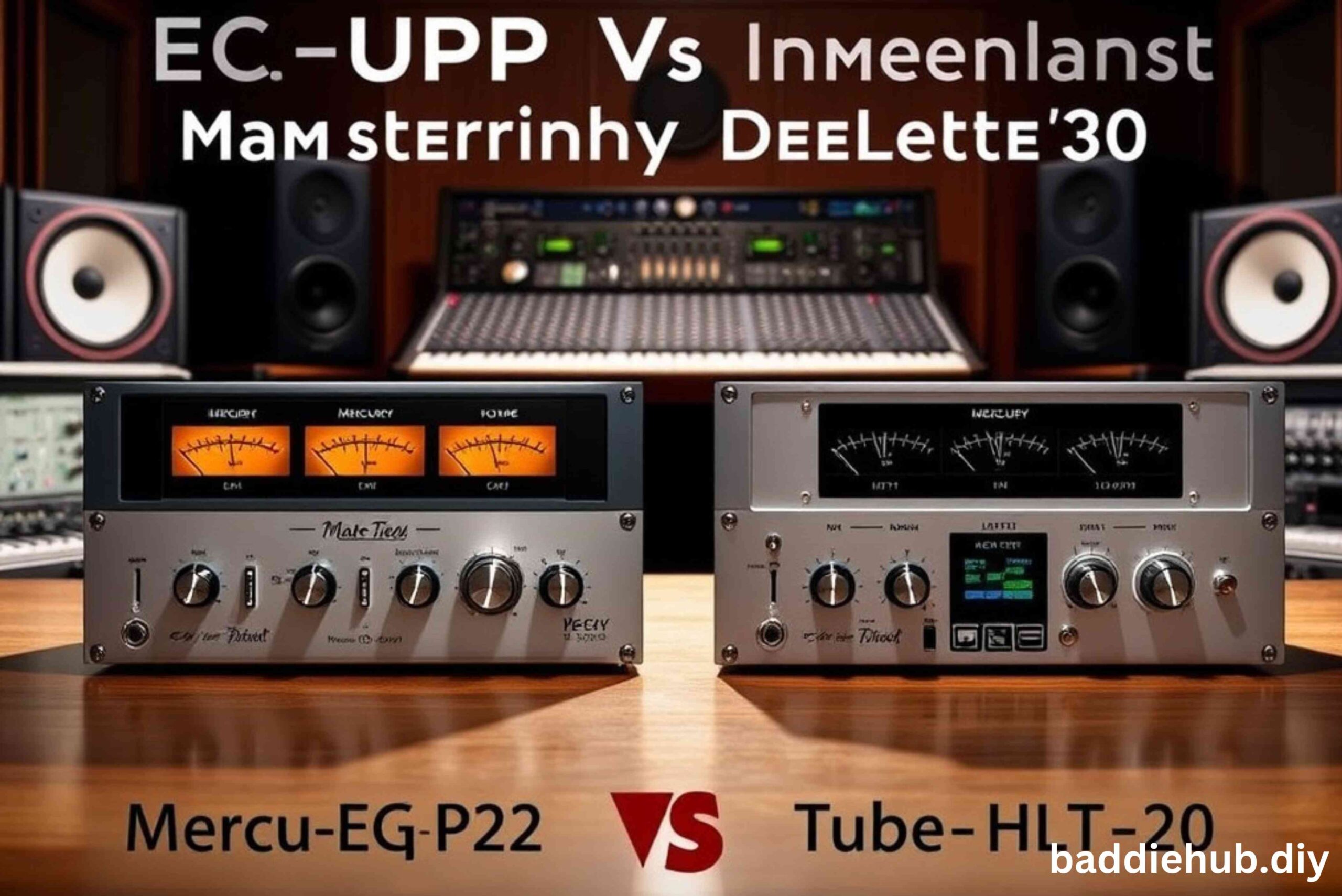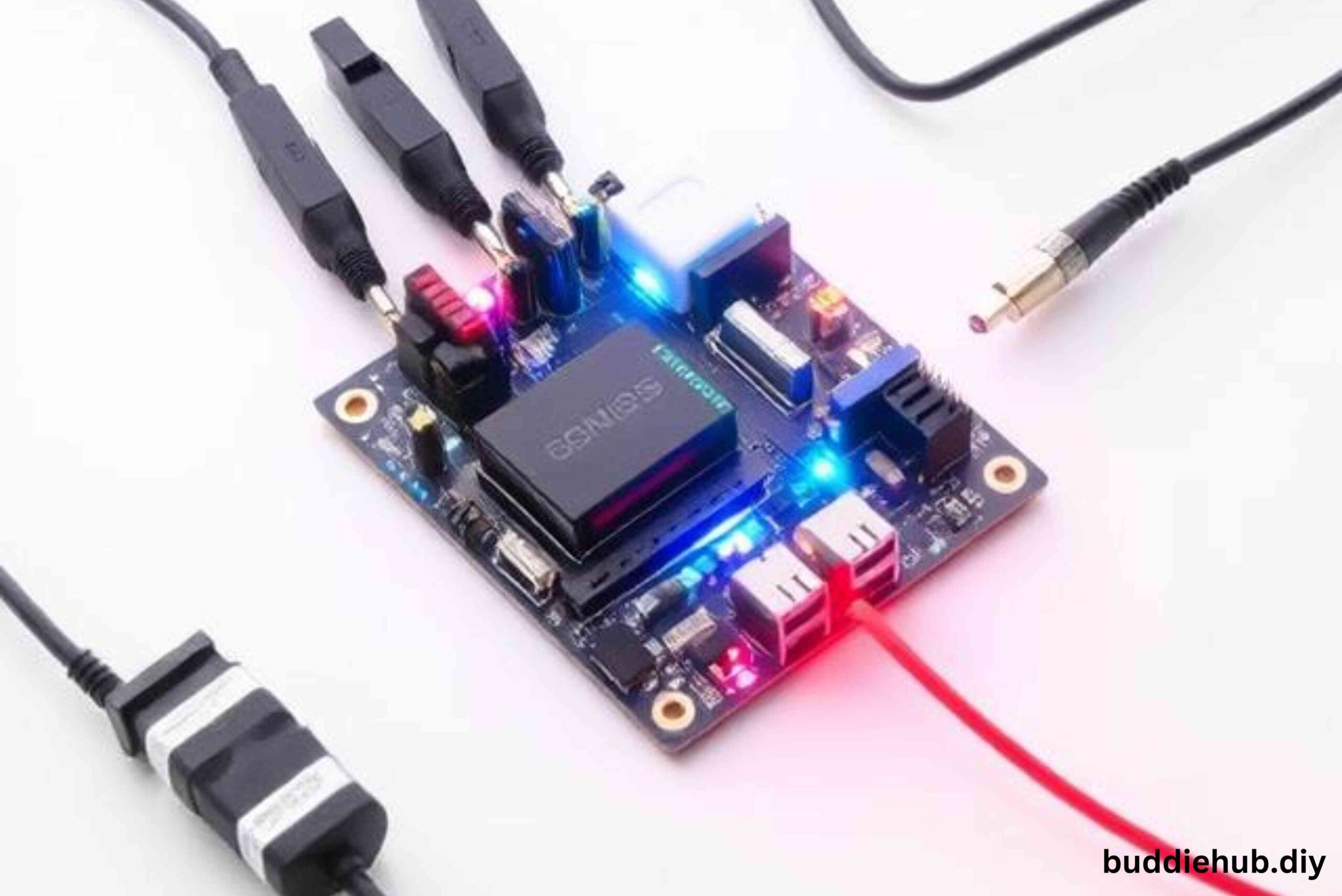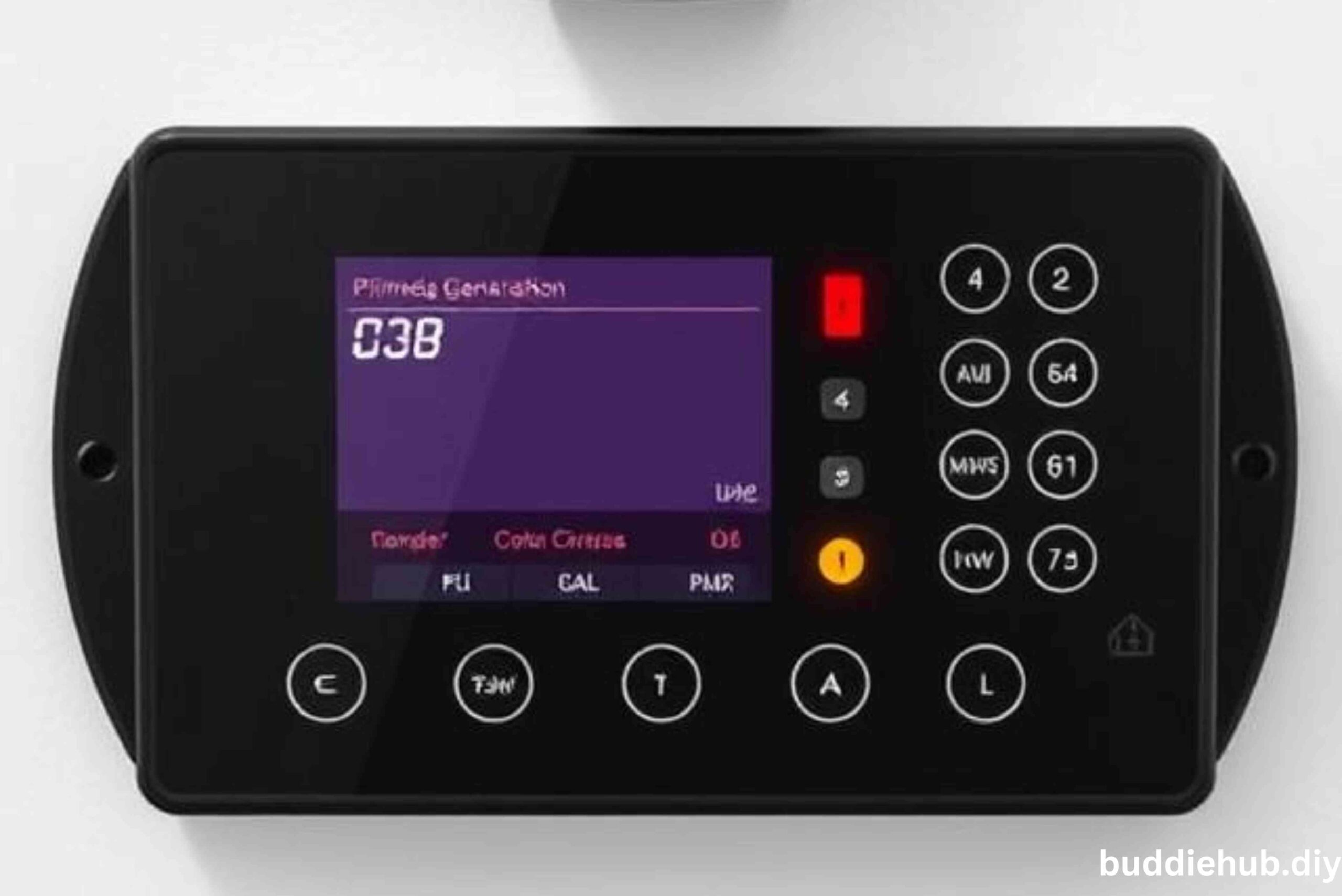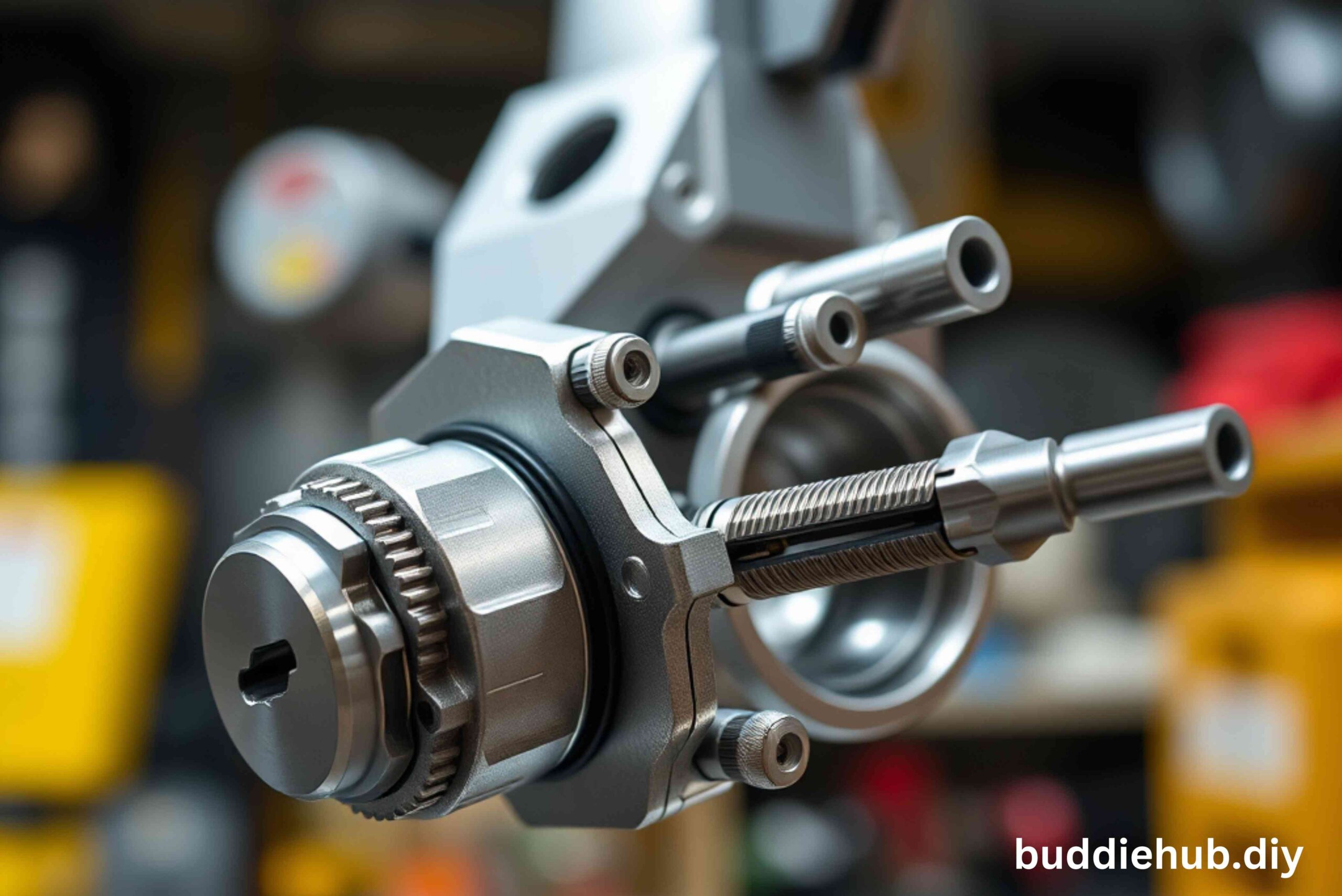Introduction To mercury eq-p2 versus tube tech hlt-20 mastering
Mastering is the final polish on a track before it’s released into the world. It’s where you balance the sound, enhance the details, and make the song sound its best on all playback systems. You need the correct tools to do this. That’s where the mercury eq-p2 versus tube tech hlt-20 mastering come into play.
Why these two? They’re revered by audio engineers for their unique capabilities. But which one is right for you? Let’s start by understanding the basics.
Why EQ Matters in Mastering
Think of EQ (equalization) as the seasoning in a recipe. Just like salt and pepper bring out the best flavors in food, EQ brings out the best qualities in a song. It allows you to fine-tune frequencies, ensuring every instrument shines without overshadowing the others. In mastering, EQ is crucial for achieving balance, clarity, and warmth.
Overview of the Mercury EQ-P2
The Mercury EQ-P2 is a modern take on the legendary Pultec EQ design. Known for its musicality and silky smooth sound, this equalizer is a favorite for adding warmth and depth to mixes.
Key Features:
- Dual-channel design: Perfect for stereo mastering.
- Broad frequency range: Covers lows, mids, and highs with precision.
- Tube-driven circuit: Adds analog warmth to your tracks.
The Mercury EQ-P2 is often described as “a sound sculptor’s dream,” ideal for mastering engineers who crave detail and character.
Overview of the Tube-Tech HLT-20
The Tube-Tech HLT-20 offers a different approach, combining shelving EQ with high- and low-pass filters. This makes it incredibly versatile for shaping the overall tone of a mix.
Key Features:
- Integrated shelving EQ: Smoothly adjusts highs and lows.
- Fixed-frequency filters: Simplifies complex tasks.
- Tube-based design: Delivers a warm, analog sound.
Praised for its intuitive layout and tonal flexibility, the HLT-20 is a go-to for engineers looking for quick yet impactful adjustments.
- Key Features Comparison
Let’s put these two tools side by side:
Feature |
Mercury EQ-P2 |
Tube-Tech HLT-20 |
| Circuit Design | Tube-based | Tube-based |
| EQ Type | Parametric EQ | Shelving + Filters |
| Frequency Range | Extensive | Focused |
| User Interface | Detailed | Simple |
| Portability | Rack-mounted | Rack-mounted |
The Mercury EQ-P2 offers more precise control, while the Tube-Tech HLT-20 leans toward ease of use.
Sound Quality Analysis
Here’s where the magic happens. The Mercury EQ-P2 is like a fine paintbrush, allowing for detailed and nuanced adjustments. It excels at enhancing vocal presence and adding depth to bass.
The Tube-Tech HLT-20, on the other hand, is like a broad stroke of color. It’s great for overall tonal shaping, giving your mix a polished, cohesive sound.
Ease of Use and Workflow
Are you a hands-on tweaker or a set-it-and-forget-it kind of person? The Mercury EQ-P2 demands more attention to detail, making it ideal for those who love diving into the specifics. The Tube-Tech HLT-20, however, is more straightforward, perfect for quick adjustments without overthinking.
Build Quality and Design
Both units are built like tanks, with high-quality components designed to last. The Mercury EQ-P2 has a more vintage aesthetic, while the Tube-Tech HLT-20 features a sleek, modern design. Which style resonates with you?
Price and Value
These are premium tools, so they don’t come cheap. The Mercury EQ-P2 is priced higher but offers unparalleled precision. The Tube-Tech HLT-20 is slightly more affordable and delivers excellent value for its simplicity and effectiveness.
Which Tool Suits Your Style?
Your choice depends on your workflow and goals. If you’re meticulous and value fine-tuning, the Mercury EQ-P2 is your best bet. If you prefer simplicity and speed, the Tube-Tech HLT-20 is the way to go.
Practical Use Cases
- Mercury EQ-P2: Perfect for jazz, classical, and acoustic genres where subtlety matters.
- Tube-Tech HLT-20: Great for rock, pop, and electronic music that needs tonal shaping.
What Professionals Say
Many mastering engineers swear by the Mercury EQ-P2 for its unmatched precision. Others praise the Tube-Tech HLT-20 for its ease of use and versatility. Ultimately, it’s about finding what works best for your ears and workflow.
Common Misconceptions
- “More expensive means better.” Not always. The right tool depends on your needs.
- “Analog is outdated.” Analog gear like these EQs still offers warmth and depth that digital tools struggle to replicate.
Tips for Getting the Best Results
- Experiment with settings: Don’t be afraid to try extreme adjustments to learn what each tool can do.
- Use your ears: Trust your instincts over visual meters.
- Combine tools: Sometimes, the best results come from using both EQs in different stages of the mastering process.Final Verdict
Both the Mercury EQ-P2 and Tube-Tech HLT-20 are exceptional tools with unique strengths. The Mercury EQ-P2 excels in precision and depth, while the Tube-Tech HLT-20 shines in simplicity and tonal shaping. Your decision should align with your workflow, music style, and personal preferences.
FAQs
- What makes the Mercury EQ-P2 unique?
The Mercury EQ-P2 offers unparalleled precision and musicality, making it ideal for detailed mastering tasks. - Is the Tube-Tech HLT-20 beginner-friendly?
Yes, its intuitive design makes it accessible even for those new to mastering. - Can I use both EQs together?
Absolutely! Many engineers use them in tandem to leverage their strengths. - Which EQ is better for electronic music?
The Tube-Tech HLT-20 is often preferred for its tonal shaping capabilities. - Are these EQs worth the investment?
If you’re serious about mastering, both are excellent choices that deliver professional results.





